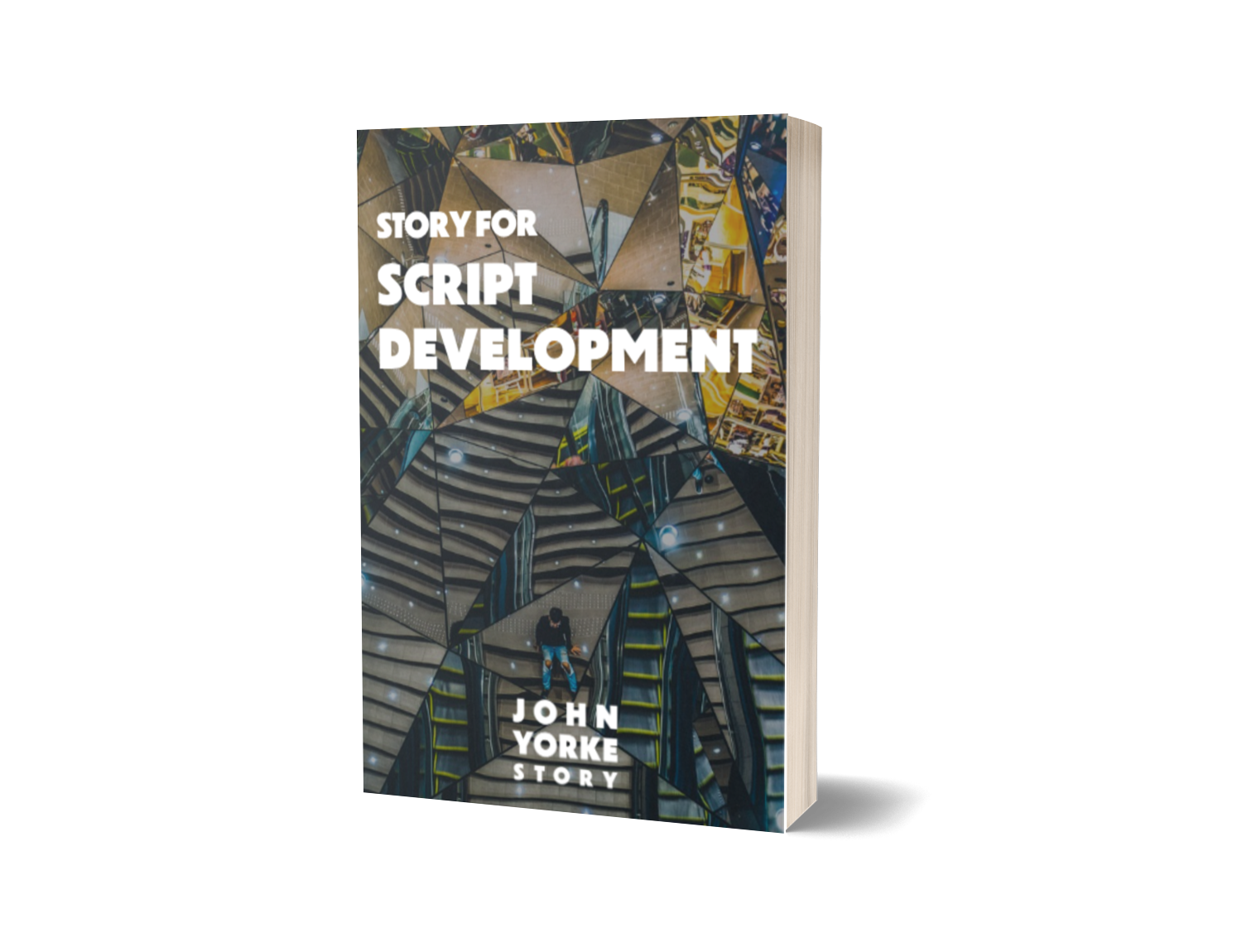Every writer and director I know has a tricky relationship with screenwriting books. They can undoubtedly help but can also stifle the already tentative creative process.
John Yorke’s book Into the Woods happens to be the favoured book amongst the filmmakers I know. John openly acknowledges in the text that it simply outlines what makes for an archetypal story structure. The book feels much less didactic than others, and more like an enquiry into the philosophy of story, into the ‘why’.
I was so pleased to find that John’s online Story for Screenwriting: Advanced Structure course is approached in exactly the same way.
I really enjoyed my time on the course. There was a lot of active viewing, and I particularly liked the breadth of the story examples used, both ‘highbrow’ and ‘lowbrow’, cinematic masterpieces to melodramatic soap operas. After a number of weeks addressing how these stories follow/subvert the archetype, we eventually moved on to developing stories for particular briefs given to us. This ranged from adapting historical, factual articles, to developing storylines for EastEnders.
After a few more weeks immersed in these writing exercises, it came to the final assignment. I pitched a treatment for my original story – a pilot episode of a TV series – to John Yorke and my tutor Kieran Grimes.
Like all pitches, it wasn’t perfect, but I was given some really useful feedback from them both. As we’d found so much common ground on the course, there was no need to ‘translate the notes’. I understood and got to work on them right away.
Rather than stifle the creative process, the course has made the creative process more free and organic for me.
– Jamie Di Spirito
As a graduate of the course, I fully expected to be doggedly following this new miracle structure with all my projects going forward. What I found was in fact, the opposite.
Once I got working on my original story, I found the course had given me the thing I needed most: confidence.
The confidence to approach stories in an organic way following a three-dimensional, character-led narrative structure. Plot is still involved, but for me it’s now informed by the character arc and various ways the character changes over the course of a story.
This confidence is a by-product of the course ultimately giving me a strong grounding in archetypal narrative structure. Like any other art form, if you have a solid technical foundation, you can let go of concerns about form, and trust that your intuition and craft will guide you. Rather than stifle the creative process, the course has made the creative process more free and organic for me.
I now have the tools to test my ideas at an early stage before committing to them. I can see if there is ‘enough’ in the idea for me to develop. This has saved me a lot of time.
Finally, the course has given me some amazing tools for addressing issues that can arise with stories. Where I used to panic when I couldn’t work out a story, I now find it exciting, and lean into it, trying different approaches until I find something that works.
As of now, I’m still polishing the pitch and in discussion to develop the idea further with a couple of production companies.





